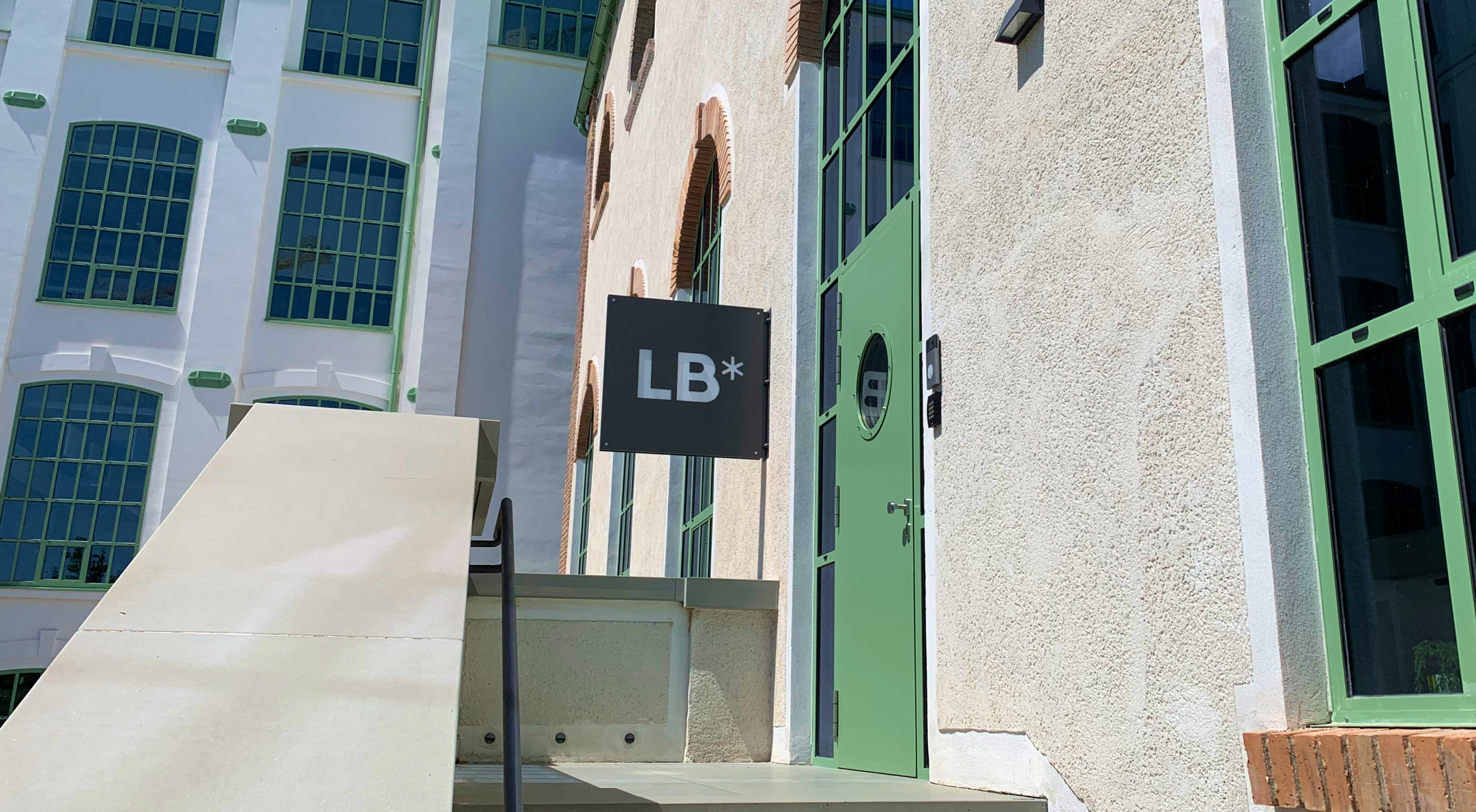This September, it was also back to school for me and my colleague Kika. We flew over to rainy Barcelona for a week-long conference where each day you take on a specific in-depth workshop. They focused either on best practices, proven methods or practical skills in UX design. Let me help you boost your innovation toolbox with some interesting tips that appeared in our endless notes.
Work on them big ideas with Design Thinking
The buzz about Design Thinking has died down lately, I think mostly because people believe that they already know what it is and use it every day. There's some truth to that, but I question if people actually move from knowing what Design Thinking is, to actively practicing it. Design Thinking is about getting your hands dirty. It is about not being afraid to explore your users and iterate your ideas even if you eventually get attached to your concepts.
This workshop had us use a lot of sticky notes and our facilitator encouraged us to crumple and throw them away. Just like that, our cool ideas were gone. The physical act of simply trashing our ideas was very liberating and gave us the courage to keep bettering our work. Once you get past all the basic ideas, you start to get to the true innovating ones.
Use journey mapping as an innovation tool
Most of the times, we use customer journeys as a tool for mapping out existing processes. But after one of the courses, Kika pointed out an interesting thought: "We can also use this methodology as a tool to help foster innovation."

Just try to think of how your ideal customer journey should look like and then put it side-by-side to your current customer journey. Don’t hesitate to go nuts with it. Think big, think anything! And make it a part of your innovation toolbox.
Simple trick to improve your workshop facilitation
Here is how we tend to facilitate a workshop: we ask the project lead UX designer to build an agenda together with the team and stakeholders; then we meet one day and have an intensive workshop moderated by the lead UX designer. The problem there is that a facilitator needs to be impartial and only moderate the discussion, not to give their opinion. However, if you are the lead of a project, you also want to be part of the discussion and co-create with everyone.
From now on, we want everyone in our team to be able to facilitate workshops. This way, if I am the lead in a project and want to participate, I can simply borrow a facilitator from another project and work together with my team, instead of working for them.
Getting one step closer to innovation with service blueprinting
Service blueprinting is one of those methods you don't hear much about in the Slovak design community, so we don't get to take a peek behind the curtain of the customer's experience. Clients hire us to take care of what's happening on the front stage, but often it's in the backstage where we can find the biggest bottlenecks.
If you think of a theatre play metaphor, the customer experience has 3 parts: the front stage, the backstage and the behind the scenes. The journey maps we build, only cover the front stage, the visible contact the customer has with the service (e.g. going to an e-shop). However, it neglects both the backstage, or the activities that supports the stage (e.g. a CRM system that deals with clients requests); and the behind the scene, or the internal processes that help employees deliver the service (e.g. delivery of products from the depot to the store).
As Kika told me after her workshop: "Imagine how we could make the whole experience much better if we uncovered opportunities outside of the contact with end-users. It could help us design not only what is made, but how it is made. This is a crucial tool for innovation!"
Keep sharing your knowledge with the community

Our week in Barcelona left us with a few more kilos and an incredible feeling of accomplishment. Getting lectures from big names in the field, such as NN/g, is very encouraging, but meeting new people who face the same struggles as you do is just as satisfying.
Our UX design community in Slovakia is still in its infancy and we often compare ourselves to more mature communities around the globe, but just as Kika puts it: "No matter the country, the size of the company or its UX maturity we are all on the same boat. We can all be more innovative if we have the right toolbox, focus on real user needs and keep sharing our knowledge."
Stay tuned, we will be preparing a few more articles about the things we've learned in the conference.

